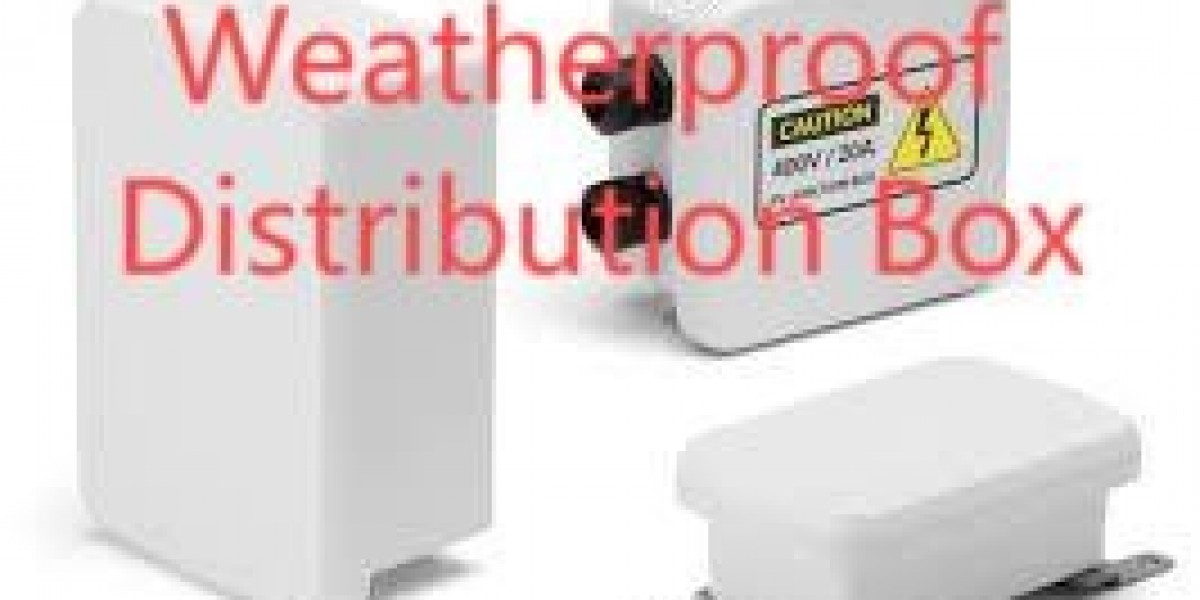In outdoor electrical networks, the Weatherproof Distribution Box plays a vital role in protecting circuits from moisture, dust, and impact, ensuring reliable operation of lighting, pumps, and communication devices. Proper specification and deployment of these enclosures safeguard equipment integrity and uphold safety standards across varied climatic conditions.
1. Site Assessment and Protection Levels
Before selecting an enclosure, conduct a comprehensive site survey to identify exposure to rain, UV radiation, salt spray, and airborne particulates. Determine required ingress protection (IP) ratings—IP65 for dust-tight, low-pressure water jets, or IP67 for temporary immersion. Factor in local temperature extremes and potential mechanical impacts. Accurate assessment ensures the chosen box withstands environmental stresses and maintains circuit integrity over time.
2. Key Electrical Requirements
Enclosures must accommodate conductors and terminal blocks rated above peak system loads. Verify voltage ratings exceed maximum circuit voltages by at least 20% and that current ratings handle startup inrush without thermal overload. Confirm sufficient internal volume for heat dissipation and future expansions. Consider incorporating surge protection modules to shield sensitive electronics from transient voltage spikes, thereby enhancing overall system resilience.
3. Legrand’s Innovative Designs
Legrand offers modular enclosures featuring snap-in DIN-rail systems and integrated cable glands that preserve seal integrity. Their designs include pre-drilled knockouts for quick customization and optional transparent covers for visual inspection without opening. Advanced models support mounted surge arresters and communication relays, enabling fault detection and remote monitoring. These features streamline both installation and maintenance, reducing downtime and labor expenses.
4. Best Practices for Mounting and Sealing
Secure mounting on a stable, vertical surface prevents undue stress on enclosure walls. Use UV-resistant gaskets and apply sealants around mounting flanges to maintain IP compliance. Tighten cable gland nuts according to manufacturer torque specifications—over-tightening can distort seals, while under-tightening allows ingress. Position drain holes at low points to evacuate condensation and avoid internal moisture buildup that accelerates corrosion.
5. Routine Inspection Protocols
Implement a quarterly inspection schedule to check gasket elasticity, fastener torque, and housing integrity. Clean internal components with non-conductive contact cleaner, removing dust and oxidation from bus bars. Replace gaskets and filters annually, even if they appear intact, to guarantee ongoing protection. Maintain a digital maintenance log detailing each inspection and component replacement, facilitating lifecycle tracking and proactive budget planning.
By aligning enclosure selection with environmental demands, adhering to precise installation techniques, and enforcing disciplined maintenance routines, facility managers can ensure their Weatherproof Distribution Box installations deliver long-term reliability and safety. www.nante.com































